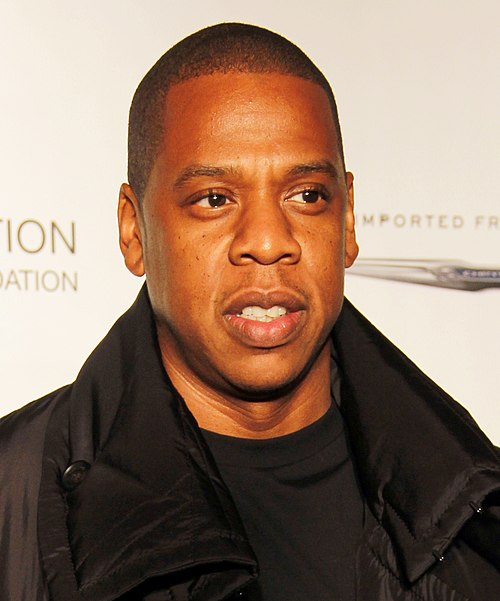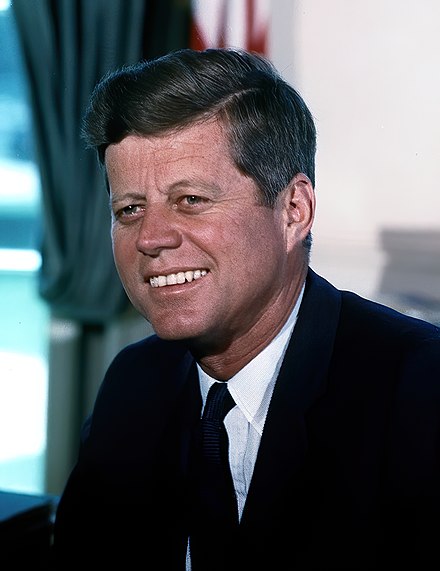1. MBTI Type Assessment
Type: INTJ (The Architect)
- Introversion (I): Gates is known for his reserved and private nature, preferring deep intellectual discussions over socializing. He often worked alone for long hours during Microsoft’s early days.
- Intuition (N): His visionary approach to technology and ability to foresee the potential of personal computing demonstrate strong intuition. He focused on future possibilities rather than immediate details.
- Thinking (T): Gates is highly analytical and logical, making decisions based on efficiency and strategic value rather than emotions. His competitive business tactics reflect this.
- Judging (J): He is highly structured, goal-oriented, and decisive, as seen in Microsoft’s rapid expansion under his leadership.
2. Cognitive Function Stack Analysis
- Dominant Function: Introverted Intuition (Ni) – Gates had a long-term vision for computing and consistently anticipated industry trends (e.g., the shift to graphical user interfaces).
- Auxiliary Function: Extraverted Thinking (Te) – He implemented systematic, efficient business strategies and structured Microsoft’s operations with clear objectives.
- Tertiary Function: Introverted Feeling (Fi) – While not dominant, his philanthropic work (e.g., the Gates Foundation) suggests personal values driving his later decisions.
- Inferior Function: Extraverted Sensing (Se) – Less developed; he was not particularly drawn to sensory experiences or impulsive actions, preferring strategic planning.
3. Key Personality Traits Summary
- Visionary – Saw the potential of personal computing before most.
- Analytical – Made data-driven decisions in business and philanthropy.
- Competitive – Aggressively pursued market dominance (e.g., Microsoft vs. Apple).
- Independent – Prefers working alone or in small, trusted teams.
- Strategic – Long-term planning in both business and global health initiatives.
4. Behavioral Pattern Analysis
- Work Ethic: Extremely disciplined, often coding for days without breaks in Microsoft’s early years.
- Leadership Style: Direct, demanding, and focused on measurable results (e.g., Microsoft’s “hardcore” culture in the 1980s-90s).
- Problem-Solving: Prefers logical, systemic solutions (e.g., his approach to global health through data-driven philanthropy).
5. Enneagram Type Analysis
Type: 5w6 (The Investigator with a Loyalist Wing)
- Core 5 Traits: Intellectual curiosity, need for mastery, detachment from emotions.
- Wing 6 Influence: Strategic risk assessment, loyalty to close collaborators (e.g., Paul Allen, Warren Buffett).
6. Big Five Personality Traits
O:90, C:85, E:50, A:65, N:40
- Openness (O:90): High creativity and visionary thinking.
- Conscientiousness (C:85): Extreme discipline and structured work habits.
- Extraversion (E:50): Ambiverted; engages in public speaking but prefers solitude.
- Agreeableness (A:65): Pragmatic rather than overly warm, but philanthropic.
- Neuroticism (N:40): Emotionally stable under pressure.
7. Supporting Evidence
- MBTI INTJ: His long-term tech predictions (e.g., “A computer on every desk”) align with Ni dominance.
- Enneagram 5w6: His deep research into global health (e.g., malaria eradication) reflects a Type 5’s thirst for knowledge.
- Big Five: His methodical philanthropy (e.g., data-driven vaccine distribution) supports high Conscientiousness and Openness.
Final Assessment
MBTI Type: INTJ
Enneagram Type: 5w6
Big Five Traits: O:90, C:85, E:50, A:65, N:40





